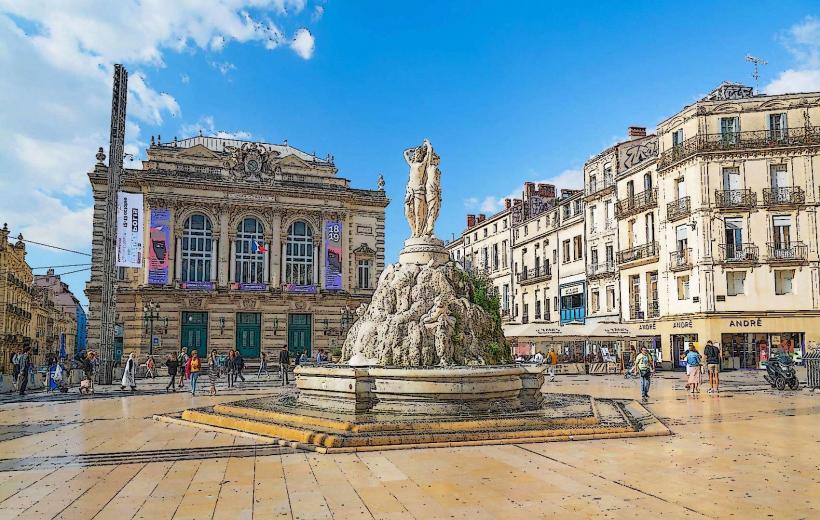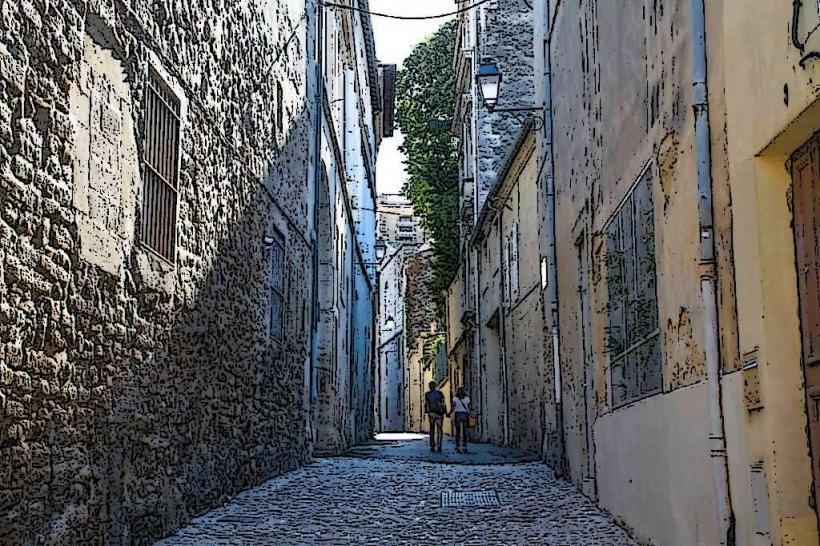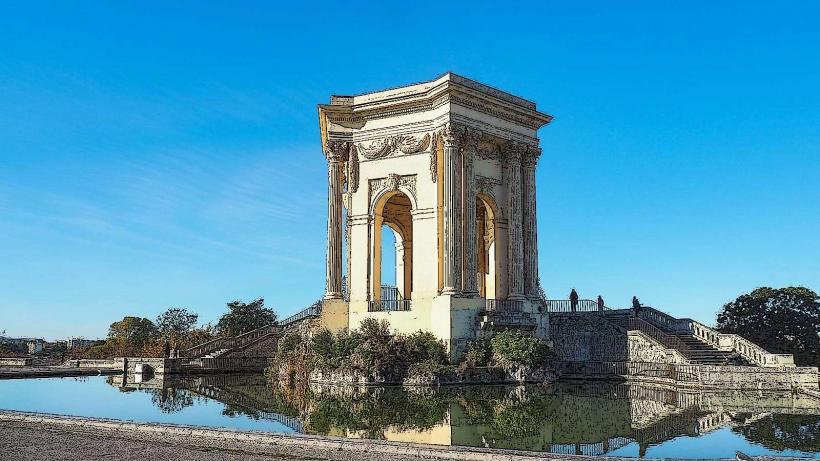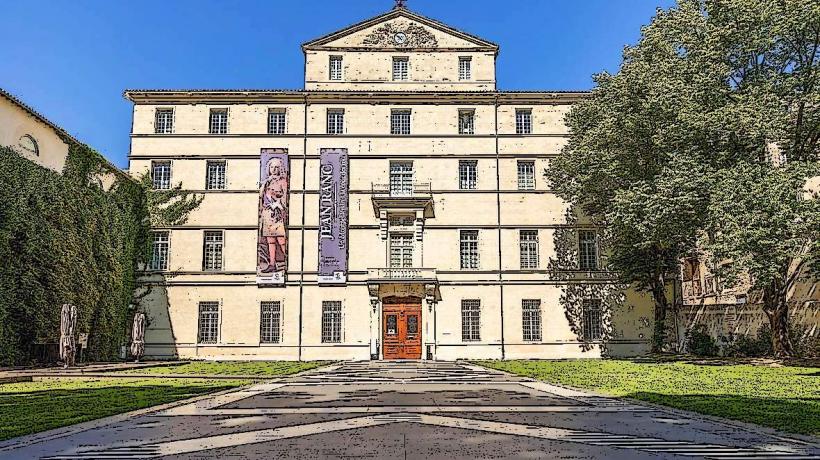Information
City: MontpellierCountry: France
Continent: Europe
Montpellier is a vibrant city located in the Languedoc-Roussillon region of southern France, near the Mediterranean coast. Known for its rich history, dynamic cultural scene, and youthful energy, Montpellier is one of the fastest-growing cities in France. The city combines a mix of ancient architecture, modern development, and a cosmopolitan atmosphere, making it a popular destination for both tourists and residents.
Key Features and Highlights of Montpellier
1. History and Heritage
- Montpellier has a history that dates back to the 10th century, and it has grown from a medieval trading town into a prominent cultural and intellectual center.
- The Historic Center (Écusson) is a labyrinth of narrow streets, picturesque squares, and medieval buildings. Visitors can explore the Place de la Comédie, the heart of the old town, with its beautiful fountains, grand architecture, and vibrant cafes.
- The city was historically a center for learning, particularly in medicine, and its University of Montpellier, founded in the 12th century, remains one of the oldest medical schools in the world.
2. Architectural Landmarks
- Place de la Comédie: One of the largest pedestrian squares in Europe, Place de la Comédie is surrounded by impressive 18th-century buildings, including the Opéra Comédie and the Hôtel des Trésoriers de France. It is often considered the center of Montpellier and a lively meeting point for locals and visitors.
- Promenade du Peyrou: A beautiful elevated promenade offering panoramic views of the city and surrounding areas. At the end of the promenade stands the Arc de Triomphe and the Château d’Eau, a former reservoir that provides a scenic backdrop.
- Saint-Pierre Cathedral: A stunning example of Gothic architecture, the cathedral is known for its massive towers and intricate interior. It is one of the key landmarks of the city and a testament to its religious history.
- Pavillon Populaire: This historic building located near Place de la Comédie houses an exhibition space for contemporary photography and art, adding to the city's rich cultural offerings.
- The Fabre Museum (Musée Fabre): A renowned museum of fine arts, it houses an extensive collection of European paintings and sculptures, with works by artists such as Rubens, Delacroix, and Courbet. It is considered one of the best museums in the region.
3. Modern Architecture and Urban Development
- Montpellier also boasts a blend of modern architecture, with contemporary buildings that stand out alongside historical structures. The city’s Antigone district, designed by architect Ricardo Bofill, features classical-style buildings with wide boulevards, fountains, and sculptures, giving the area a monumental and elegant feel.
- The Odysseum district is a futuristic area with shopping centers, restaurants, and entertainment facilities. Its modern architecture contrasts with the historic city center, adding to the city’s unique character.
- The Montpellier Tram Network is an excellent example of the city's integration of modern transportation with its urban landscape. The trams are not only a functional part of the city but also an aesthetic feature, with several lines designed by renowned architects and artists.
4. Cultural Life
- Montpellier has a lively cultural scene with year-round festivals, art exhibitions, and theatrical performances. The Festival de Radio France et Montpellier is one of the city’s premier cultural events, celebrating classical music with performances in various locations across the city.
- The Montpellier Danse Festival is another highlight, showcasing contemporary dance performances in venues around the city.
- La Panacée is a cultural center and contemporary art space housed in a restored 18th-century building. It hosts exhibitions, performances, and workshops, making it a key player in Montpellier's modern arts scene.
- Café culture plays an important role in the city's atmosphere, with numerous cafés, restaurants, and bistros where locals and visitors relax and socialize.
5. Parks and Green Spaces
- Jardin des Plantes: Founded in 1593, this botanical garden is one of the oldest in Europe. It offers a tranquil retreat with an impressive collection of plants from around the world, lovely pathways, and a natural history museum.
- Parc Zoologique de Montpellier: Located near the Lez River, this zoo is one of the largest in France and is home to a wide variety of animals, including giraffes, lions, and elephants. The park is set in a beautiful environment, offering both educational and recreational opportunities.
- Parc du Peyrou: A spacious park located at the end of the Promenade du Peyrou, featuring fountains, statues, and stunning views of the city. It is a popular spot for walks, picnics, and relaxation.
6. Shopping and Markets
- Montpellier has a wide range of shopping opportunities, from luxury boutiques to artisan shops selling local products such as olive oil, wine, and soaps.
- The Marché des Arceaux is a vibrant, covered market offering fresh, local produce, meats, cheeses, and pastries. It's a great place to explore the local food scene and enjoy the traditional market atmosphere.
- Les Halles Castellane is another popular food market, with a focus on local and organic products. It’s a perfect spot to try some of the region's famous specialties, including wine from the Languedoc region and tapenade.
7. Food and Wine
- Montpellier is part of the Languedoc-Roussillon region, which is famous for its wine, particularly rosé and red wine. The city has numerous wine bars, and visitors can take guided wine tours to discover the vineyards surrounding Montpellier.
- The region's cuisine includes delicious Mediterranean-inspired dishes such as cassoulet, brandade de morue (salted cod), and tarte aux fruits (fruit tarts). The local markets and restaurants offer a great opportunity to sample the best of Languedoc cuisine.
- Montpellier is also known for its Café culture. The Place de la Comédie and other squares in the city center are filled with outdoor cafés where you can enjoy a coffee or glass of wine while people-watching.
8. Proximity to the Mediterranean
- Montpellier is just a short drive away from the Mediterranean coast, offering easy access to beaches such as Palavas-les-Flots, La Grande-Motte, and Le Grau-du-Roi. These coastal areas are popular for beachgoers, water sports, and enjoying the sunny weather.
- The surrounding area also boasts vineyards, nature reserves, and picturesque towns, making Montpellier a great base for exploring the Languedoc region.
Conclusion
Montpellier is a dynamic and multifaceted city that blends a rich historical heritage with modern development and a lively cultural scene. Whether you’re exploring its historic center, enjoying its green spaces, sampling local cuisine and wine, or attending one of its many festivals, Montpellier offers something for everyone. Its blend of ancient and contemporary, along with its Mediterranean charm, makes it one of France’s most exciting cities to visit.





